Today is Batman Day, a day set by DC Comics to celebrate all things Dark Knight. Ever since I watched Batman Ninja, I knew I wanted to do some Batman-themed coordinates but kept putting it off in favour of other things. I’m glad I waited, because today is the perfect day to start!
I went with the classic black and yellow colour combination, since it feels timeless. Batman’s costume has veered from blue and grey to entirely black, but keeps coming around to black with pops of yellow. The obidome is an antique menuki and feels like the perfect way to tie everything together. The motif on the kimono is fans, but from a distance it feels like it could be a swarm of bats taking off. I added some black enamel pyramid studs to a yellow haneri to add a bit of weapon-like edge and sharpness to the coordination. I would have loved to use more items with an actual bat motif, but they tend to be snatched up very quickly and cost a pretty penny, alas. Still though, I think I did a decent job of conveying a feeling without being too literal.
Stay tuned for more outfits inspired by beloved (and not so beloved) Batman characters!
Items used in this coordination
- Fan Tsukesage-Komon Hybrid
- Tokaido/Mustard
- Solid yellow
- Bat Menuki

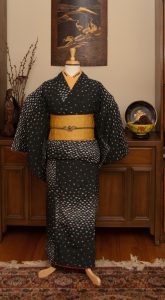
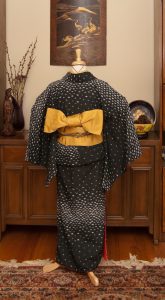
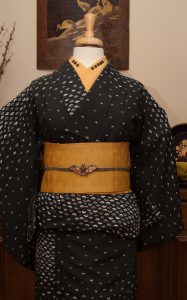
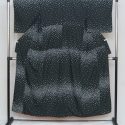
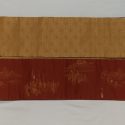

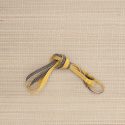
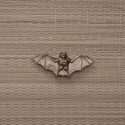
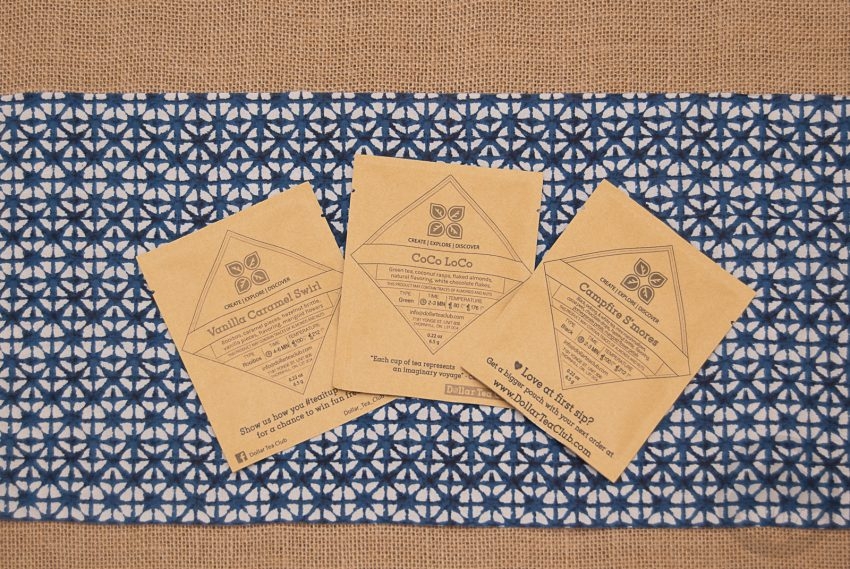
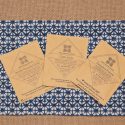
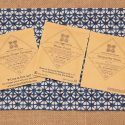
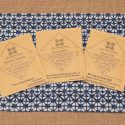
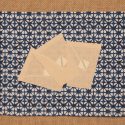
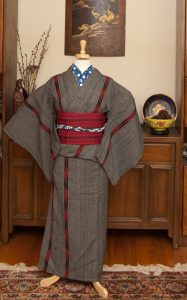
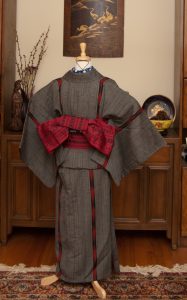
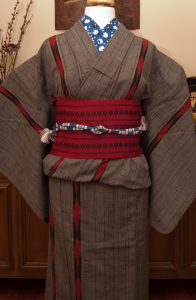
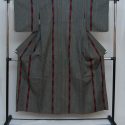
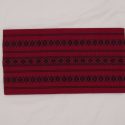



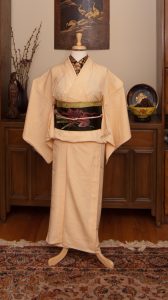
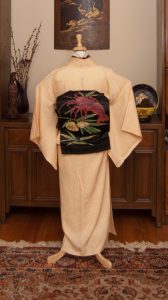
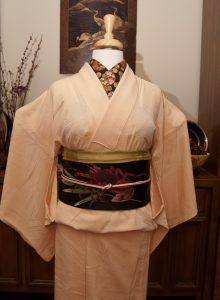
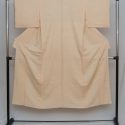
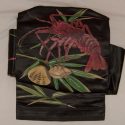
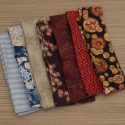
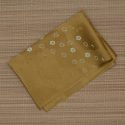
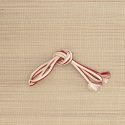











 Bebe Taian
Bebe Taian CHOKO Blog
CHOKO Blog Silk & Bones
Silk & Bones Gion Kobu
Gion Kobu